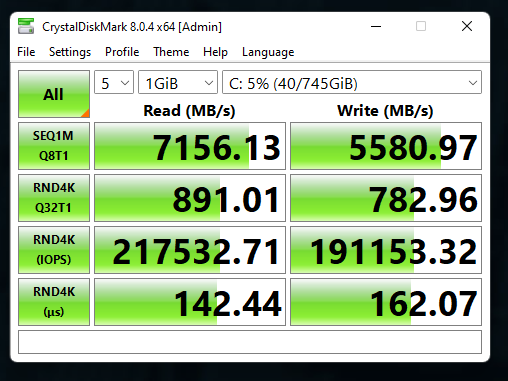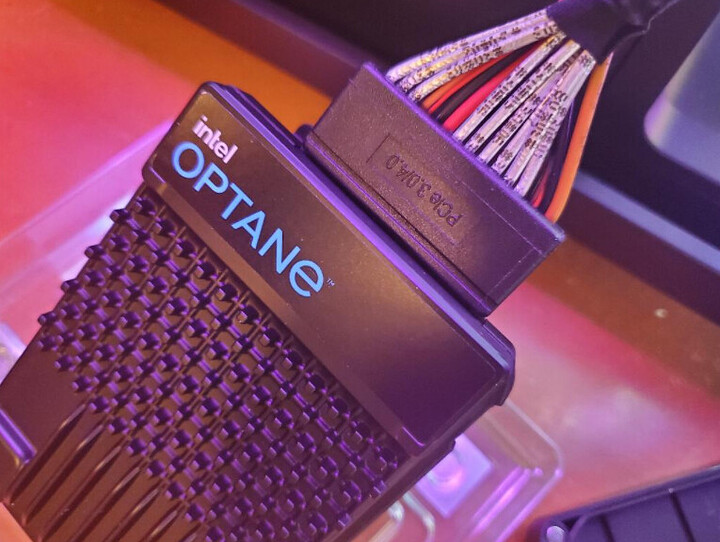I would; I would love nothing better than to have a live-long permanent storage device.
If we get to a point where everyone needs _ TiB for normal usage, I would still like to have all my high-density data (including plain text things like personal notes, diary (if you keep such things), contacts, etc.) on such a drive, almost like an annex of my brain.
Granted, if one treats a storage drive like this, it needs to be well encrypted; so one would need to be careful to remember that encryption key very well, especially if it is cycled every few decades. Over multiple decades, cycling keys would likely be a necessity, either to limit potential leakage by the devices used to access the drive in that time, or as part of re-encrypting with safer algorithms.
Though if it really is so long lived, even if the password is forgotten, one could keep it for many years without worry in case the password is later remembered.
One could accomplish something similar with an encrypted partition/disk-image or ZFS dataset that one carries over from system to system in the same way, but I think having a physical drive would reduce the need to micromanage this kind of thing.
Even outside of daily use, a nigh-permanent drive would let you keep a long term, no-maintenance backup with family, a friend, or in safe-deposit box (if you have the funds for such a thing).
As I see it, assuming I am not missing any fatal caveats, Optane might be the first credible replacement to good ink+paper for long term storage; if I had the money, I would want to test conformal-coating the internals, to see if that could further stretch longevity.
 )
)

